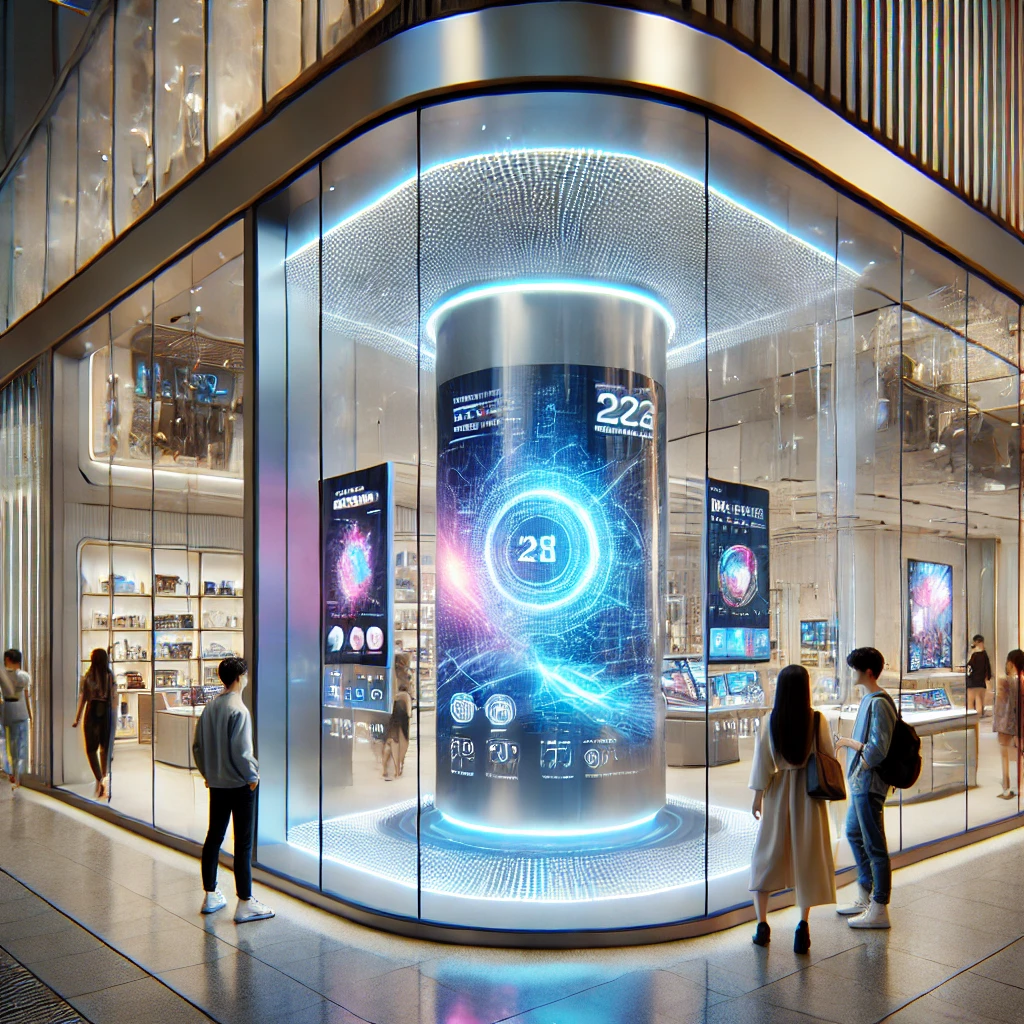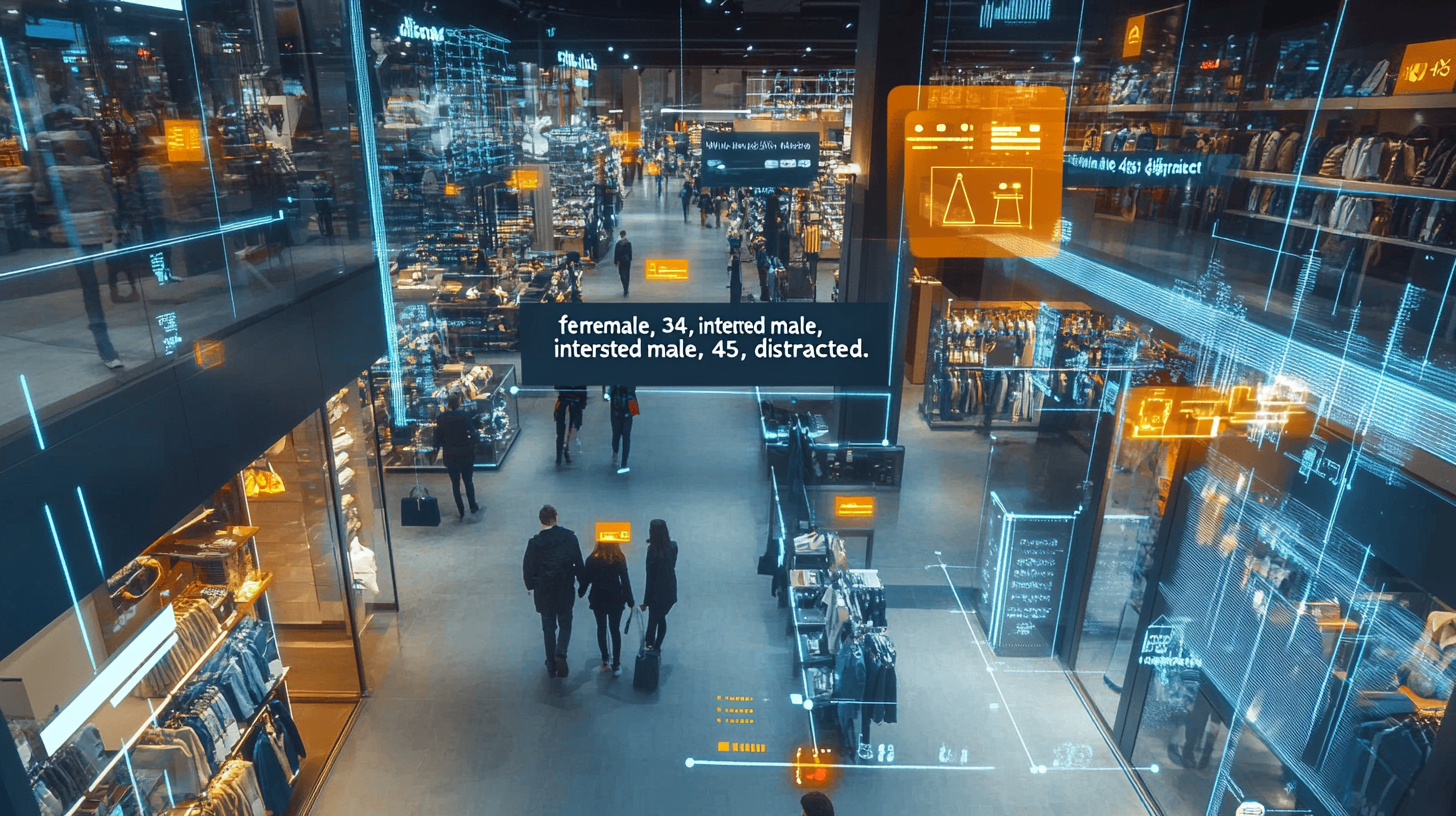How Digital Signages Are Making An Impact In Visual Communication
Think back to the last time you encountered some sort of digital signage—odds are, it probably featured a crisp, brightly lit screen—and it might have even had touchscreen capabilities that allowed you to interact with the content displayed on the screen. While the digital signage you encountered likely boasted some of the most up-to-date technologies on the market, the humble roots of digital signage solutions date back to the 1990s and early 2000s when the technology first began to emerge in retail stores— displaying content from DVD and even VHS media players.
As digital signage technology has changed and computer-based media players and interactive touch technologies have become more prevalent over the years, so has the presence of digital signage solutions. While digital signage began in the retail environment, its reach is no longer limited to that industry alone. In fact, businesses, towns, schools, hospitals, and organizations of all kinds are implementing both interactive and static digital signage solutions to share information, connect with, and advertise to their target audiences.
Information sharing
Whether you’re looking to publicize a message across an expansive hospital or school campus, provide details on all that a town and its surrounding area have to offer, or share information with your employees about an upcoming workplace event, digital signage is an especially useful tool. Unlike more traditional static signage installations, digital signage can usually be modified or updated quickly and easily and that information can be shared across a single installation or multiple units to reach your intended audience. In addition to its wide reach and flexible nature, viewers are more likely to remember the information they read or saw on a digital signage display. In fact, data from Arbitron indicates that digital signage solutions boast recall rates of more than 83% among viewers.
Connecting
To build on their information-sharing capabilities, digital signage solutions can also be used to connect users with additional resources and tools. Search features and categories allow users to utilize digital signage to easily navigate to the specific listings they’re looking for, which are often complete with descriptions, maps, website links and more. Digital signage solutions can also be designed to provide multi-language support, printing and VoIP calling capabilities to allow users of all ages and abilities to easily access, connect with, and retrieve the resources they need.
Advertising
In addition to informing and connecting users with useful information and resources, digital signage can also serve as a highly effective revenue or non-revenue-generating advertising platform. In fact, a report by Intel Corporation found that digital signage 3 ways to use digital signage “. businesses, towns, schools, hospitals, and organizations of all kinds are implementing both interactive and static digital signage solutions to share information, connect with, and advertise to their target audiences.” Learn more about digital signage trends at DigitalSignageToday.com displays capture 400% more views than more traditional static signage. Depending on the use case and needs of the deployer, advertising can either be the sole purpose or an additional add-on functionality of a digital signage installation. For example, an interactive digital signage solution deployed in a downtown area might feature an advertising loop that runs continuously while no one is interacting with the unit. Regardless of exactly how it is used, digital signage allows businesses to advertise to and drive awareness among their audience through a unique and innovative platform. From corporate offices to downtown streets, retail stores, hospitals, hotels, real estate offices, and more, digital signage solutions, both static and interactive have established themselves as a popular and effective method for information sharing, connecting with, and advertising to a target audience.













